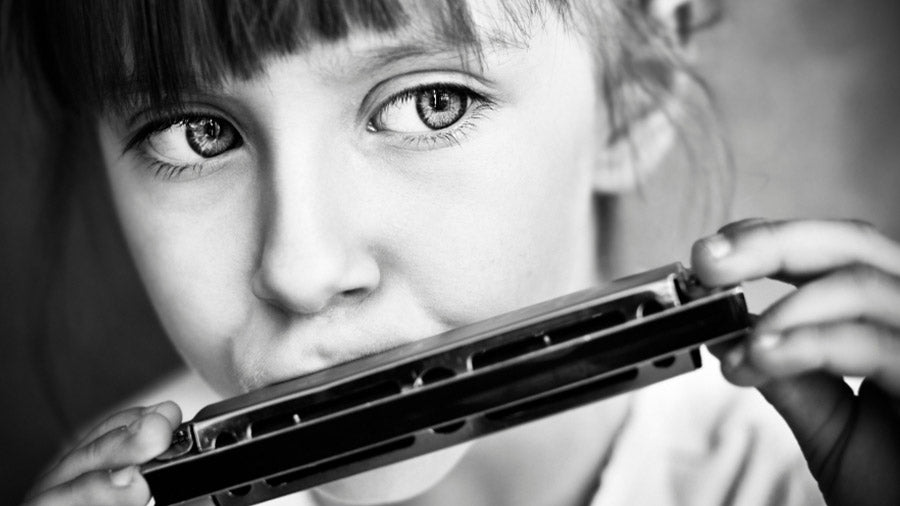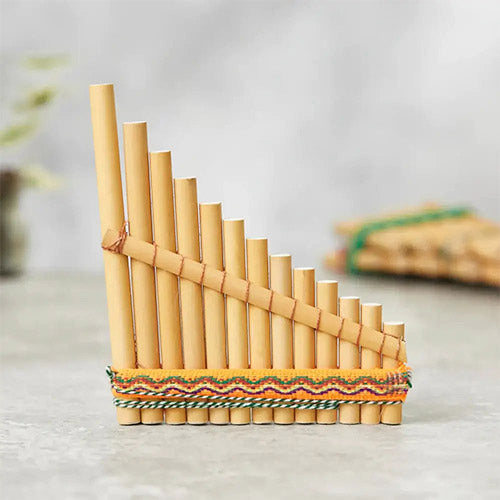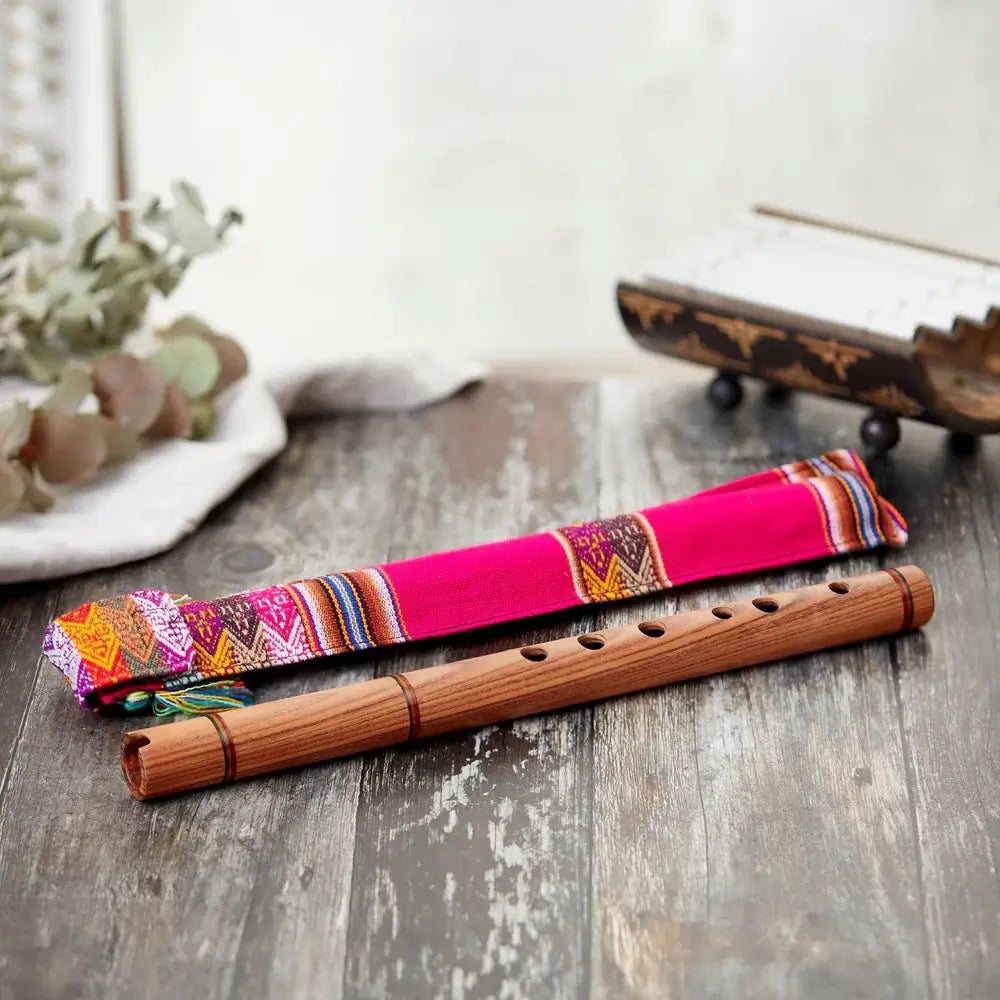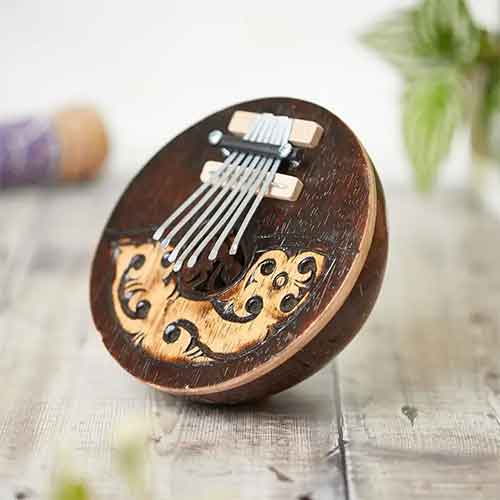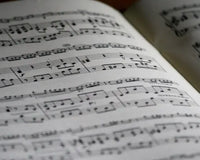Harmonicas are loved for their compact size and expressive sound. Originating in the early 19th century, these handheld instruments are renowned for their soulful, bluesy tones, making them indispensable in genres like blues, folk, rock, and jazz. With their portability and versatility, harmonicas have found their way onto stages, into recording studios, and even onto the streets.
The history and origins of the harmonica
The harmonica has a rich history that dates back centuries. Similar wind instruments were used in ancient civilizations. Today's harmonica evolved with contributions from different cultures and regions. The exact origin of the harmonica is debatable, as similar instruments have been found in various parts of the world. However, the most widely accepted theory is that it originated in China around 3000 years ago. The Chinese instrument called the sheng, which consists of bamboo pipes and reeds, was the precursor to the modern-day harmonica.
From China, the instrument spread to other parts of Asia, including India, Japan, and Southeast Asia. Each region added unique touches to the instrument, resulting in different variations and playing styles. In the early 19th century, the harmonica made its way to Europe and the Americas, where it gained popularity and underwent further refinements. Next we are going to look at some interesting facts about the harmonica.
Buying Guide for Beginners
If you're a beginner looking to buy your first harmonica, there are a few things to consider.
Material
Harmonicas are made from different materials, including plastic, wood, and metal. Plastic harmonicas are more affordable and durable, making them popular for beginners. Wood harmonicas have a warm tone but require more maintenance. Metal harmonicas, such as those made from brass or stainless steel, are often used by professional players for their superior sound quality.
Reviews
Before purchasing a harmonica, it's a good idea to read reviews from other players. Online marketplaces and music forums are great places to find honest opinions and recommendations. Look for harmonicas with positive reviews for their sound quality, durability, and ease of playing. Pay attention to any common complaints or issues mentioned by reviewers.
Accessories for Harmonica
In addition to the harmonica itself, several accessories can enhance your playing experience. Here are a few essential accessories to consider:
Harmonica case
A case will protect your harmonica from damage and make it easier to transport.
Cleaning kit
Regular cleaning is essential to maintain the longevity and performance of your harmonica.
Harmonica holder
If you want to play the harmonica hands-free, a harmonica holder is a must-have accessory.
Instructional books or online courses
Learning how to play the harmonica is easier with the help of instructional materials.
Where to buy a harmonica?
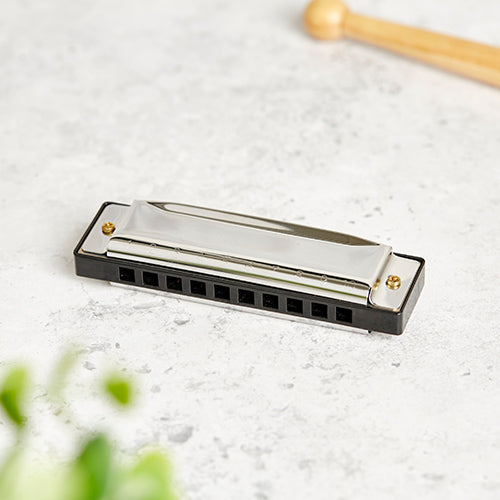
This compact wind instrument provides a gateway to musical expression, allowing players to easily create soulful melodies and bluesy tones with minimal equipment. Its portability makes it perfect for jam sessions, performances, or impromptu music-making anywhere, anytime.
Moreover, the harmonica's simple design and intuitive playing technique make it accessible to beginners while offering endless possibilities for advanced players to explore new sounds and styles. With its versatility across various musical genres and its potential for emotional expression, owning a harmonica opens up a world of musical creativity and enjoyment. Purchase a Diatonic harmonica here.
Harmonica (Frequently Asked Questions)
What are some other names for the harmonica?
The harmonica is also known as the mouth organ or French harp
What type of instrument is the harmonica?
It is a free-reed instrument, meaning the sound is produced by air flowing through reeds.
What genre of music is the harmonica used in?
The harmonica is often associated with blues music, but it is versatile and can be used in various genres, including folk, country, and rock.
What are different types of harmonica
Various types of harmonicas are available, such as diatonic, chromatic, and tremolo.
Who are the most famous harmonica players?
Famous harmonica players include Bob Dylan, Little Walter, and Stevie Wonder.
Are harmonicas hard to play?
Learning the basics of harmonica is easier compared to mastering instruments like the violin or piano. While it might take two years of violin practice to produce a decent sound, with the harmonica, you can learn basic blues with a pleasing tone in the same amount of time. However, becoming a harmonica virtuoso is relatively challenging.
Who invented the harmonica?
The invention of the mouth organ is often credited to Christian Friedrich Ludwig Buschmann, who made the Mundäoline in Berlin around 1821.
What harmonica should a beginner start with?
Many beginners start with a harmonica in the key of C because it's the simplest to grasp. This is because it features the basic C major scale, and most harmonica lessons use a C harmonica, making it easier to learn.
Does your tongue touch the harmonica?
Press your tongue against the harmonica. Avoid blocking the holes with the tip of your tongue; instead, place it against your lower front teeth and gently push it forward until the top of your tongue touches the harmonica. This technique ensures smooth transitions between holes as you play.
What is the purpose of a harmonica?
Harmonicas are affordable and user-friendly instruments. They create music through reeds vibrating inside a metal case. Harmonicas are popular in blues, folk, rock and roll, and pop music. A specific type called the chromatic harmonica is favored in jazz and classical genres.
Harmonica vs melodica?
The harmonica and melodica are both wind instruments but differ in design and sound production. The harmonica, a handheld instrument with reed plates, produces its bluesy tone through manipulation of breath and mouth techniques. In contrast, the melodica resembles a small keyboard with keys that produce sound by forcing air through reeds or metal plates. While the harmonica is known for its expressive potential and popularity in blues, folk, and rock, the melodica offers versatility in sound, making it suitable for group playing, educational settings, and solo performances.

